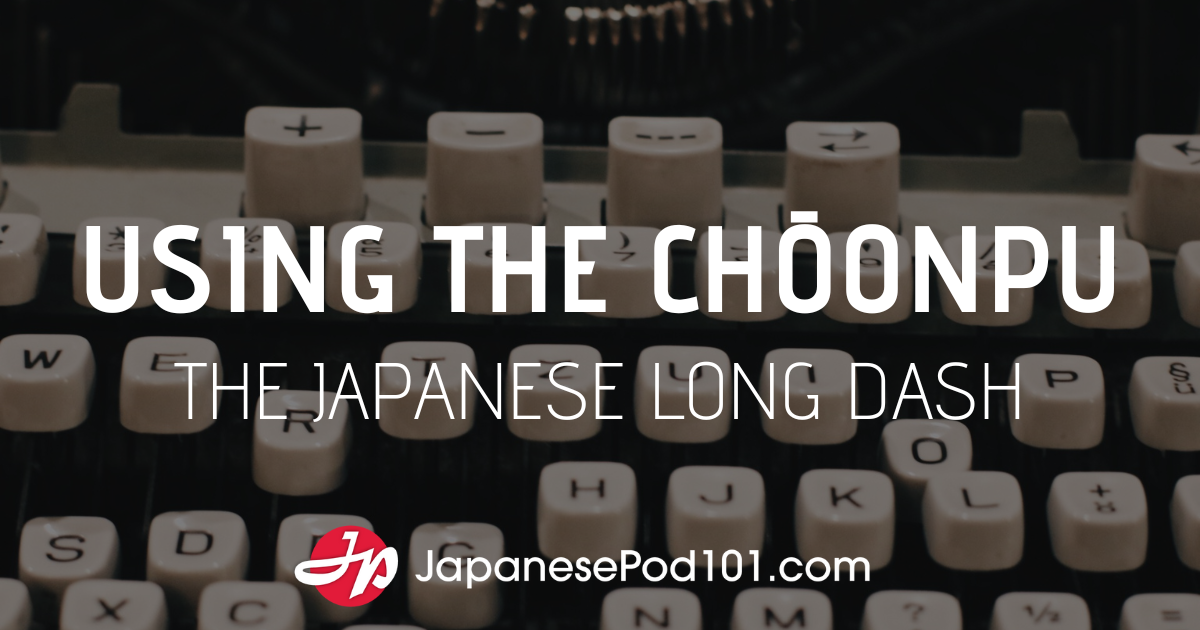Archive for the 'Tutorials' Category
July 27, 2011
How to become fluent faster.
It seems to us that studying through rote memorization is the best method for retention. While it works (to an extent), unless you encounter what you’ve memorized on a constant basis, you will forget it. After all, how much do you remember after you took that last test at school?
Somehow, we’re under the impression that if we reread and repeat things enough times in our head, it will magically get stuck there. In a way, it’s the lazy and painful approach to studying. The difficulty lies in the fact that we’re introducing a new concept to our brain with nothing to relate it to.
Do logarithms make sense to you? (let the non-math lovers answer please)
The concept itself may have no relation to you or anything in your life. It’s too... Show more
November 14, 2010
Rōmaji Support for Lesson Specific Questions
Hi Everyone,
We just rolled out optional rōmaji support for our Premium lesson specific grammar, content, and vocabulary questions. Premium members can now choose to have rōmaji displayed from the My Settings page. Here's a quick video tutorial showing this new feature in action:
We hope you enjoy this new feature! Send your feedback and comments to contactus@japanesepod101.com. We want to hear from you!
Team JapanesePod101.com
June 25, 2009
Learn Japanese on Twitter – mini lessons featuring Compound Verbs!
Thanks for following us on Twitter! We hope you have been enjoying the mini lessons we’ve been updating everyday. Our next theme will be Compound Verbs, or 複合動詞 (fukugō dōshi) in Japanese.
Over the next couple of weeks we will introduce you to a new Compound Verb everyday on Twitter.
So what are Compound Verbs, you ask?
Compounds verbs are verbs that are made up of two or more verbs (all of the ones we introduce will be made up of only two verbs). In Japanese, the first verb is in the masu stem form, which is the masu form of the verb with the masu part taken away. Let’s look at an example:
読む (yomu, “to read”) + 始める(hajimeru, “to start”)
The masu form of yomu is yomimasu, so when we take away the “masu” we get the masu stem:
読み... Show more
May 2, 2009
How to Play All Types Of Videos On Your Twitter Page – VidTweeter Tutorial
Today I came across VidTweeter, by Kevin Sherman. This is an awesome idea that lets you watch YouTube, Vimeo and Dailymotion videos on Twitter's website! Below is a snapshot of our setup. Total time invested, 5 minutes.
Here is a quick tutorial. Hope it helps.
What you need:
All you need is a Twitter account and a link to some content on YouTube, Vimeo, or DailyMotion.
We used content from our JapanesePod101 YouTube account and JapanesePod101 Twitter account.
Step 1. Go to VidTweeter
Step 2. Enter you Twitter Account Info, and select the Video site of the URL you will use. (We used YouTube)
Step 3. Paste in the URL you wish to share.
Step 4. Get a preview of your page with the video on it by clicking... Show more
May 2, 2009
Watch YouTube Videos INSIDE Twitter!? You won’t believe this!
Today I came across VidTweeter, an awesome idea that let's you watch YouTube, Vimeo and Dailymotion videos inside Twitter! Below is a snapshot of our setup. Total time invested, 5 minutes.
How cool is this?
Actually, it's pretty amazing.
First, it's super easy. Seriously, a 2-minute tutorial follow up blog entry will explain.
Although, it's really not needed.
All you need is a Twitter account and a link to some content on YouTube, Vimeo, or DailyMotion.
We used content from our JapanesePod101 YouTube account and JapanesePod101 Twitter account.
To get going, simply go to VidTweeter.com and follow the instructions.
Second, you can share any video, not just your own. So a Tweet like:
I'm watching a JapanesePod101.com... Show more









